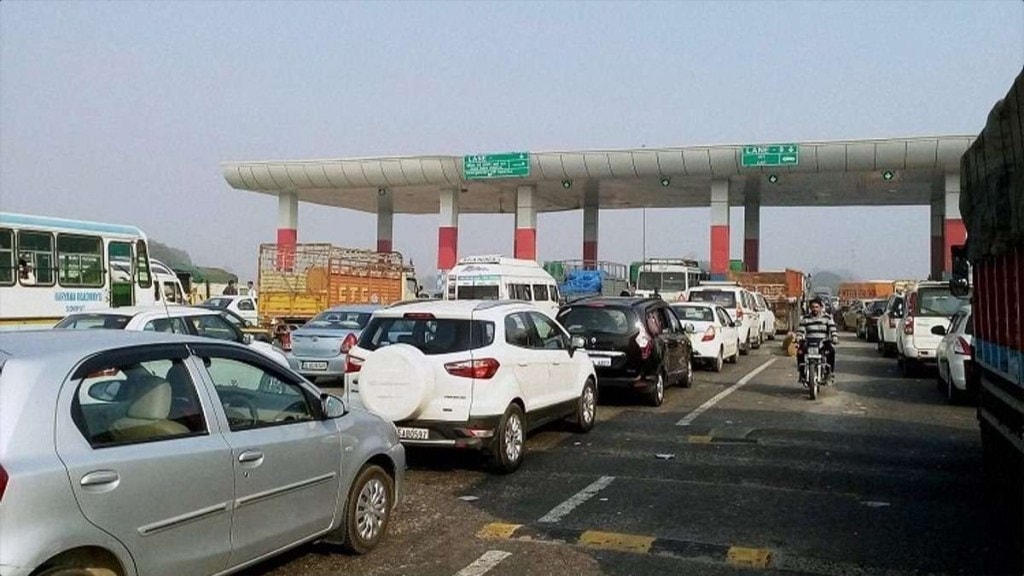In the coming months, a “Free Flow Tolling” system will be introduced, making the Dwarka Expressway the first in India without physical toll plazas or barriers. The system will employ advanced FASTag readers and high-powered cameras mounted on overhead gantries to automatically deduct tolls from vehicles traveling at speeds of up to 100 kilometers per hour.
According to a TOI report, the National Highways Authority of India (NHAI) is preparing to implement this system on the 28-km urban expressway, which will provide valuable insights into compliance and help pave the way for satellite-based tolling in the future.
Multi-lane free-flow tolling, already in use in many countries, streamlines toll collection and reduces traffic congestion.
No physical toll plaza on Dwarka Expressway
Currently, the Delhi-Meerut Expressway uses gantry-based tolling, but a physical toll plaza still exists in Meerut to ensure fee payment. On the Dwarka Expressway, however, no toll plazas will be present. The NHAI is also exploring passive methods to recover unpaid tolls, with gantries likely to be installed on the Delhi-Gurgaon border.
Gantry-based tolling, also referred to as satellite-based or GNSS-based tolling, uses virtual toll booths to monitor vehicles and automatically deduct tolls from their accounts.
Toll rate yet to be ascertained
While the toll rate for this corridor has yet to be finalised, the NHAI has requested the road transport ministry to make updates to the Vahan system—India’s vehicle registration database—to facilitate recovery of unpaid tolls. The proposal includes displaying outstanding toll amounts on the Vahan portal, alongside vehicle photos as proof.
Vehicle owners would be unable to transfer registration or obtain a No Objection Certificate (NOC) or fitness certificate until the dues are cleared. They will have the option to pay the toll or contest the charges within seven days of receiving the notice.

